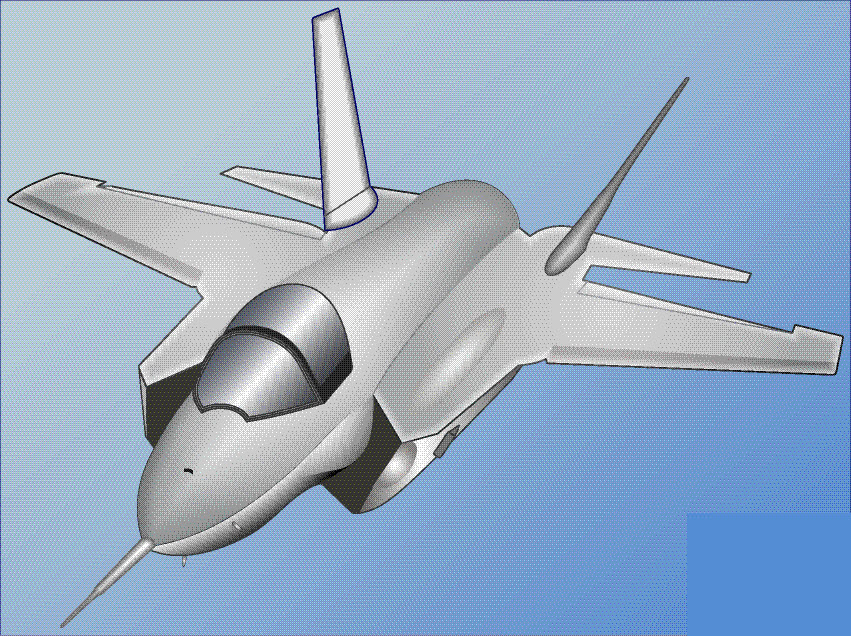Sound energy travels by vibrations, so it needs something to travel through. This can be a solid, a liquid or a gas. Sound cannot travel through a vacuum. A vacuum is a space where there are no particles, like the outer space beyond the Earth's atmosphere.
It is easier for sound to travel through solids (like walls, doors and floors) because the particles in solids are densely packed together, so the vibrations can be passed along very quickly.
However, sound also travels through liquids, like sea water. Dolphins and whales communicate by making high-pitched sounds (ultrasound) in the water. It can be more difficult, but sound can still travel through gases - that's why we can hear each other when we talk.

Bats use a technique called sonar in which they make echoes in order to avoid obstacles and also to catch their food. Because they hunt at night, when they cannot see very well, they need sonar to help them locate their prey (moths, etc.). Here is how sonar works: an echo is a reflected sound, i.e. a sound that met an obstacle, could not travel through it and bounced back. Bats send out high-pitched squeaks, the echoes of which tell the bat if something is in the way.

The speed of sound in air is 330 metres per second (m/s). Light can travel a million times faster and it can also travel through a vacuum. The speed of sound in air depends on the temperature. It is faster in warm air than in cool air, and also travels at different speeds in different materials. In pure water, at 0 degrees Celsius, the speed of sound is 1,400 m/s, whereas at 30 degrees, the speed is a bit more than 1,500 m/s. The speed of sound in steel is 6,000 m/s.

In the Second World War, the aircraft that were built to fly faster began to shake rapidly when they flew close to the speed of sound. It was thought that it was not possible to 'break' the sound barrier, but scientists managed to overcome this problem by designing more streamlined aeroplanes.
Let's move on to the questions now.








